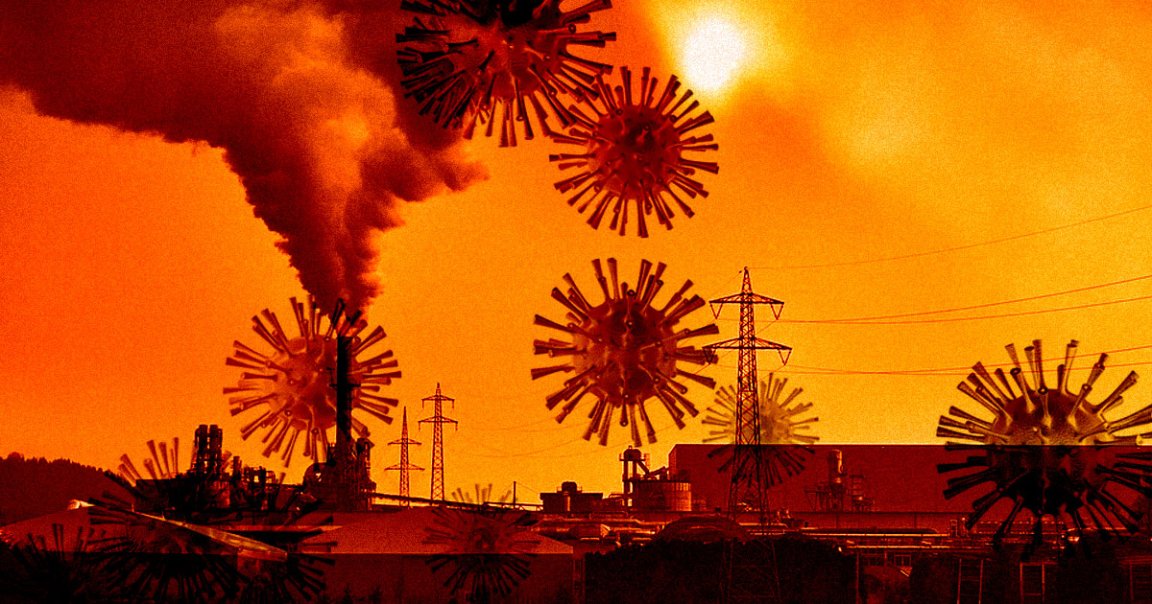
Data has started to emerge that suggests COVID-19 can be deadlier if patients have also been exposed to high levels of air pollution.
By looking at data from the nearly 3,000 U.S. counties that have released their coronavirus case reports and death tolls, a team of Harvard public health researchers found a correlation between the concentration of air pollutants and the COVID-19 death rate. The researchers didn’t explore any causal links, Earther reports, but it seems reasonable to extrapolate that combining two different things that hurt your lungs is bad news.
The research, shared online on Sunday, hasn’t yet been published in an academic journal. But the Harvard team shared its data and methodology to demonstrate the validity of their findings, Earther reports.
Some of the findings serve as a grim reminder of our environmental failings.
The team was able to model exactly how many fewer coronavirus-linked deaths there would have been for each microgram of particulate matter pollution per cubic meter of air. For those morbidly curious, they predict that in New York City, 248 fewer coronavirus patients would have died by April 4 with one less microgram per cubic meter.
The finding is bad news for people living in crowded areas with poor sanitation — and serves as another illustration of how the death rate and severity of outbreaks are determined by structural inequalities long-present in American society.
“The impact of the pandemic, we have to look at it through a lens of social justice and through a lens of health equity,” Sacoby Wilson, a University of Maryland-College Park public health exert, told Earther. “We have structural inequality in this country that’s driving the difference in impact we are seeing.”